I'm a Doctor and This Is Exactly How to Lose "Serious Weight" with Intermittent Fasting
Do you want to lose "serious" weight? Intermittent fasting is a method you should check out, says one expert. Eric Berg, DC, is a doctor and chiropractor who specializes in keto and intermittent fasting. He regularly shares videos on how to lose weight with time restricted eating and has amassed a whopping 12.1 million YouTube subscribers. In a viral video he talks about "doing intermittent fasting for some serious weight loss."
There Are Many Pros to Intermittent Fasting, he Says
"There are many magical and very cool things about intermittent fasting that you need to be aware of," he says at the start of the video. "First of all, it's extremely cheap. In fact, it's free. In fact, you'll save money. It's easy and it doesn't require any effort. You're not doing something, you're just avoiding something. You're avoiding food. Fasting gives you a lot of extra time so you're not constantly cooking all day. Fasting will help you live longer. It makes you smarter because it improves your cognitive function. It elevates your mood and lowers your risk for many diseases. So there are a lot of benefits."
You Also Don't Have to Spend a Lot of Time or Money on Food
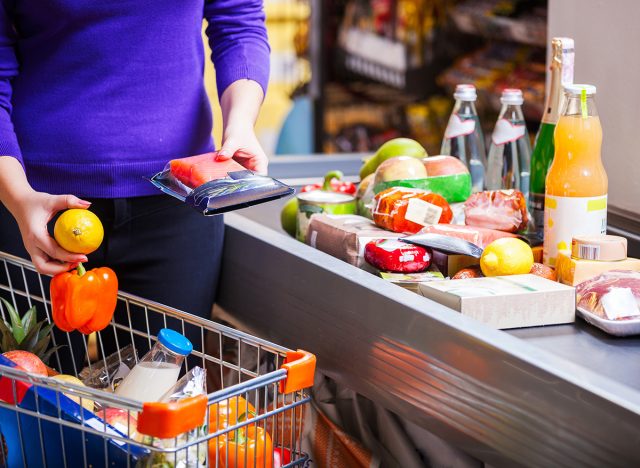
He also adds that "because you're not cooking all day, you're gonna have a lot of extra time on your hands. So you're gonna have to find something to do. And because you're not spending all this extra money on food, you'll have a lot of extra money that you have to figure out what to do and that's a problem."
Intermittent Fasting Is Not a Diet But a Pattern of Eating
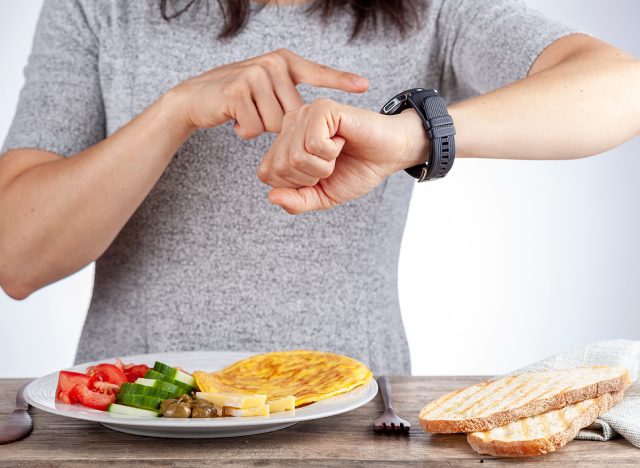
"Intermittent fasting is not a diet, it's a pattern of eating and not eating," he continues. It's putting you in the driver's seat of when you tell your body it can eat and when it needs to avoid eating." He points out that "so many times you'll get a very unhealthy answer if you ask your body what it's in the mood for. This especially applies to when your blood sugars are a problem because if your blood sugars are too low or too high, you're gonna get an insane answer. So it's kind of like you being in the backseat of a car and having some insane driver drive you around. This is not a good situation because you're no longer in control and unfortunately food has been controlling you your entire life. In fact, our whole existence revolves around food. So doing it in the fasting starts to put you in control over this insanity, which is a very powerful thing for you personally with your willpower, with your self discipline, and especially for your health."
Every Time You Eat, You Trigger insulin
"The one thing that you need to know about intermittent fasting is that every time you eat, you trigger insulin. So insulin not only increases with sugar and carbs, but also from just eating in general. So the less frequent you eat, the less insulin you're gonna trigger and the more benefits you're gonna have," Dr. Berg continues.
Bodies Have Evolved Over Time to Not Eating
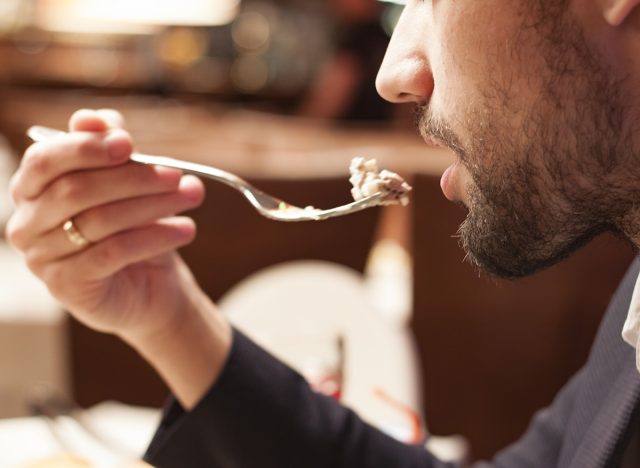
"Our bodies have evolved over a very long period of time to not eating, because long ago
food wasn't very available. So our bodies have adapted and developed all sorts of very amazing genetics for surviving without food. And when I'm talking about survival, I'm talking about those genes that are survival genes, repair genes, disease genes turning off. Like for example, cancer turns off when you fast. So all sorts of fascinating survival things related to your DNA get activated when you start fasting," he reveals.
Step 1: Stop Snacking
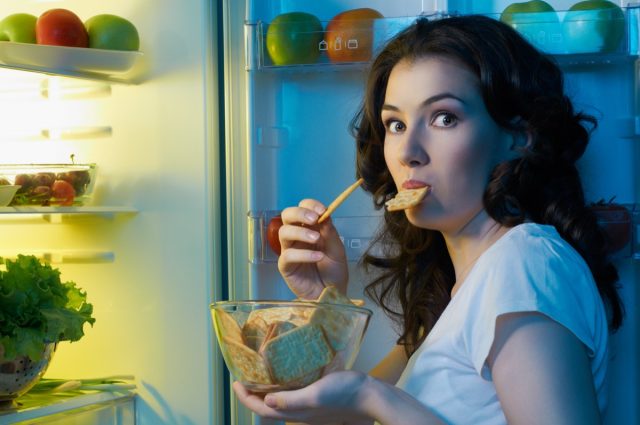
The average person who is consuming three meals a day with snacks in between meals, "like six meals," will be getting "a lot of spikes of insulin through the day and their body is suffering immensely from this," he says. "So the first thing to do is to stop snacking. That's step number one. So then you just have three meals a day. And so then you do that until you're comfortable."
Step 2: Skip Breakfast

"The next stage is to skip your breakfast or that first meal," he says. "So in other words, when you wake up in the morning because you're not snacking, you're not really gonna be hungry, especially if you're doing keto," he continues. "So let the lack of appetite in the morning dictate whether you eat or not because the underlying principle is don't eat unless you're hungry."
Step 3: Push Back the Timing of Your First Meal

"So you wake up, you're not hungry, don't eat, go as long as you can until your first meal. Okay? So you work up to your first meal being let's say at noon, right? Lunchtime. So let's say you're eating at 12 and six. That gives you 18 hours of fasting, okay? You have this window of eating, which is six hours, and then you have 18 hours of fasting," he continues.
Step 4: Add Fat at the End of the Meal
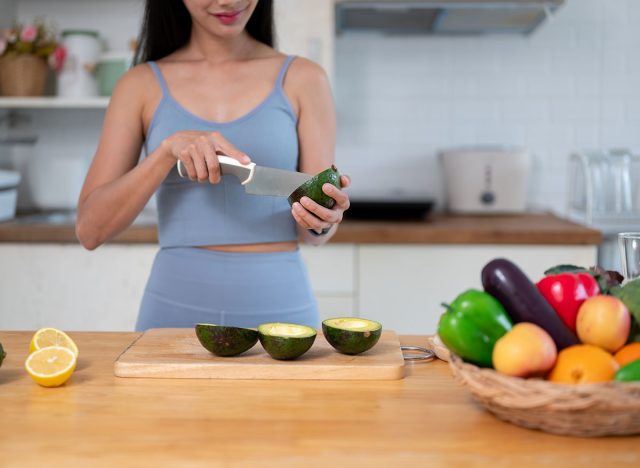
"Now to add a little help to the situation, if you add more fat at the end of the meal, whether it's avocado, handful of nuts like macadamia nuts or pecans or any type of fat, that will allow you to fast longer in, get into the next stages easier," he says.
Step 5: Add Vinegar
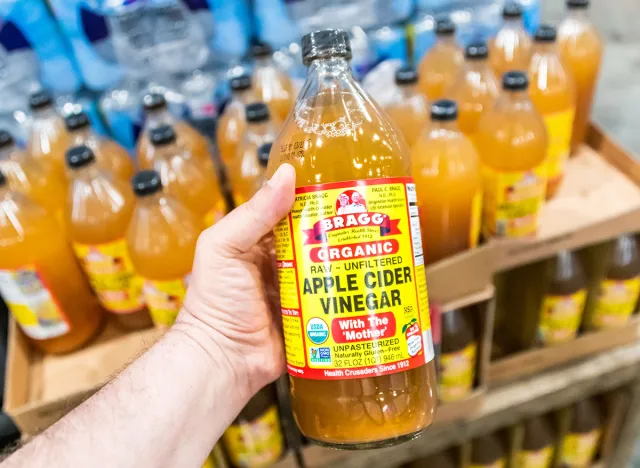
"As a side note, there's a lot of other things we can do to improve this situation, especially with blood sugars as well. For example, if you eat a big salad as the first thing that you eat in your meal and you put olive oil dressing on an extra virgin olive oil and you put some balsamic vinaigrette or even apple cider vinegar on that salad, you're gonna create a really cool effect with your blood sugars," Dr. Berg claims.
Step 6: Eat a Lot of Fiber

Next, make sure "you're eating a lot of fiber," he says. Fiber buffers. Insulin fiber is the only carbohydrate that won't trigger insulin. The oil in the extraversion. Olive oil is also another thing that really won't trigger insulin that much, if at all. And the oil helps you extract some of the fat soluble nutrients from that salad. And I'm talking about the phytonutrients, which are fat soluble. So you get the benefit of that vinegar, whether you do outside of vinegar or balsamic vinaigrette gives you a very potent antidiabetic effect 'cause it helps you lower blood sugars as well as insulin. Yu can also add some cinnamon to your diet, "like whether it's in that drink or in something else, cinnamon is another potent thing to help your blood sugars," he says.
Step 7: Add Vitamin D
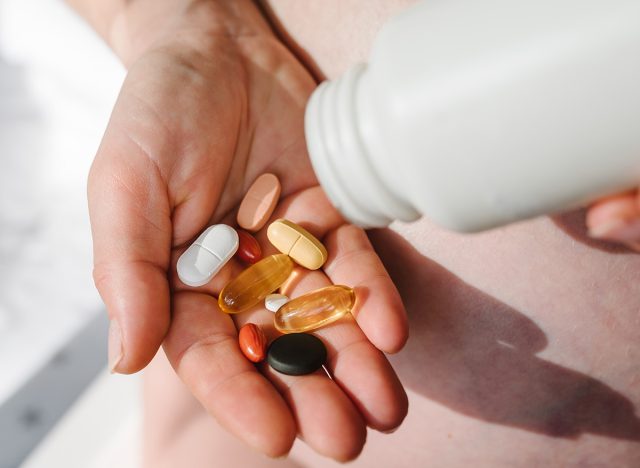
He also recommends getting vitamin D. "It is another thing you can add to this mix and just get more sun that will help you," he says.
Step 8: Fast for 18 Hours Until You Get Comfortable
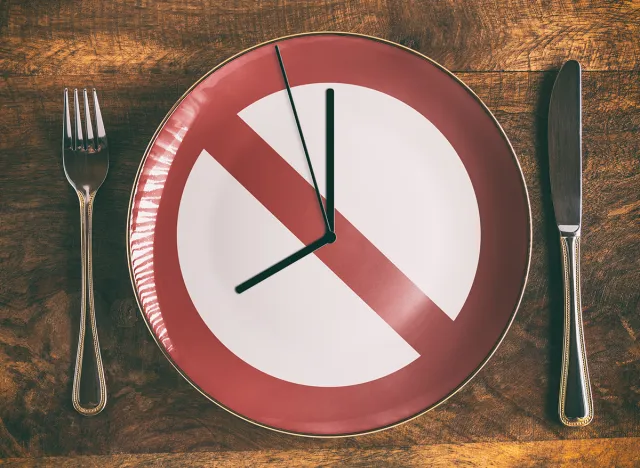
At this poing you're at the stage where you're eating two meals a day and during a six hour window. "Now ideally you wouldn't wanna snack within that window, but if you had to, that would be the time to snack, not in the fasting window, because we want that 18 hours of just pure fasting. So you're gonna do this for a period of time until you get comfortable," he says.
Step 9: Shift to a 20 Hour Fasting Period, Making Meals Closer Together
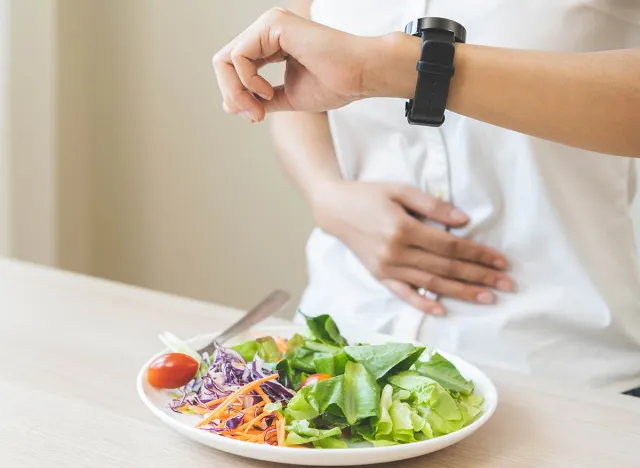
"As you get used to it, then you wanna take it to the next step, especially if you wanna lose more weight," he says. "What we wanna do is we wanna take those two meals and get 'em closer together, like within a four hour period. So let's say for example, you get up in the morning, you fast all the way to noon, you're still not hungry, you keep going, and then you fast until two o'clock, you have your first meal and your second meal at six. So now we have a four hour eating window and a 20 hour fasting window, which is gonna be even better. And you're gonna see more fat loss.
Step 10: Move to OMAD
After a "couple weeks until you feel comfortable," he recommends switching to one meal a day, AKA OMAD. "Now what's happening is we collapse these two meals together as one, one large meal. Make sure it's nutrient dense and it's healthy and that's all you're gonna eat. Now, of course, you're not gonna be able to eat the same calories as you would when you're doing two meals, but the benefit of this is not really that you lower your calories, it's the fact that you're fasting for 23 hours. That's gonna produce even greater benefits for your immune system, for your brain, for your anti-aging, for your repair."
Step 11: Eat Your Meal No Later Than 3:00 PM
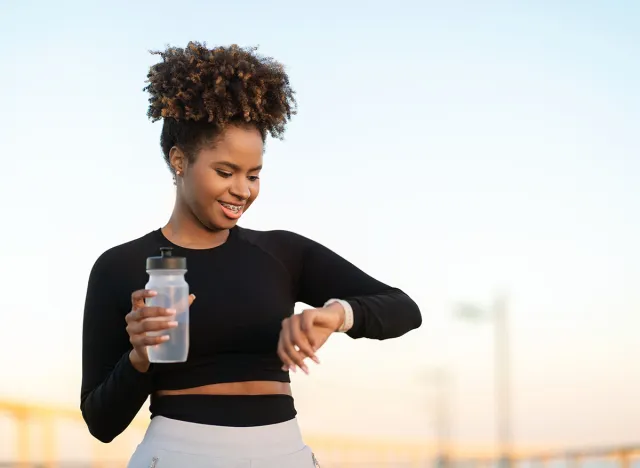
He also recommends adding "another tweak" to the OMAD plan. "It's just a slight change that could make a big difference with your sleep and even a greater improvement in your blood sugars and insulin and insulin resistance. And that would be having that last meal no later than 3:00 PM," he recommends. He points out that "the later that you eat, apparently that can interfere with your sleep cycles and that can stir up certain genes that are related to food and that can inhibit your sleep. So you might wanna just try this, eat a little bit sooner, make it a big meal right in the middle of the day, like maybe two or three, and see if you don't sleep a lot better."
Step 12: Add Exercise or Keto to the Mix
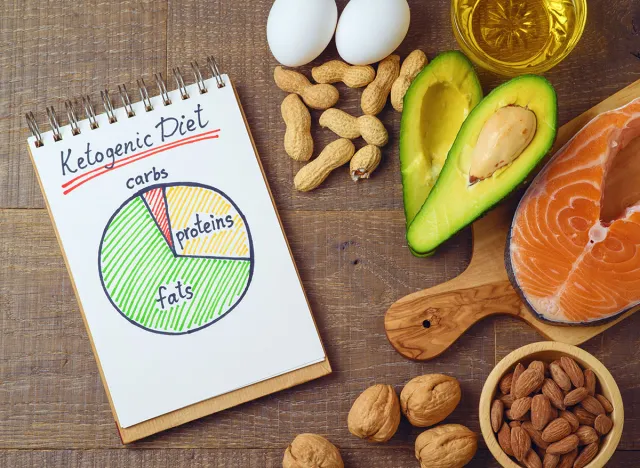
He says there are a "lot of other things" you can do to improve your result, like adding exercise. "We can also add the healthy version of the ketogenic diet, which I promote, which just is higher quality ingredients and more nutrients in that meal."
Step 13: Interject Periodic Prolonged Fasting
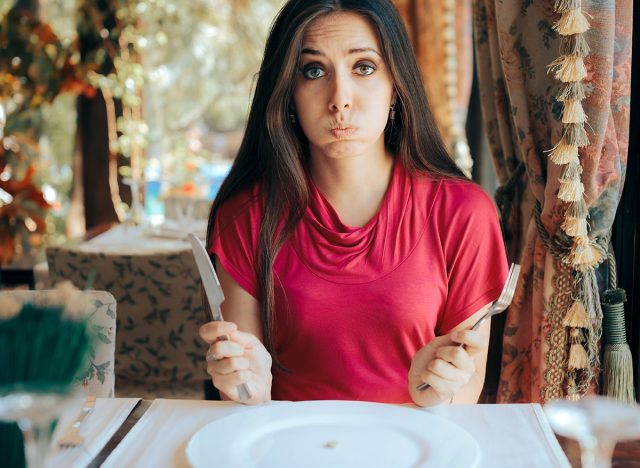
The last phase of fasting is really interjecting some periodic prolonged fasting episodes. So you can add in like once a week or once every two weeks of 48 hour fast or even a 72 hour fast. It's a three day or even 128 hour fast, which is a five day fast, which could be unbelievable for your immune system and especially if you wanted to prevent cancer because as soon as you start fasting for long periods of time, you are literally destroying cancer in your body," he claims.
Start Slow and Gradually Improve Your Fasting, He Says
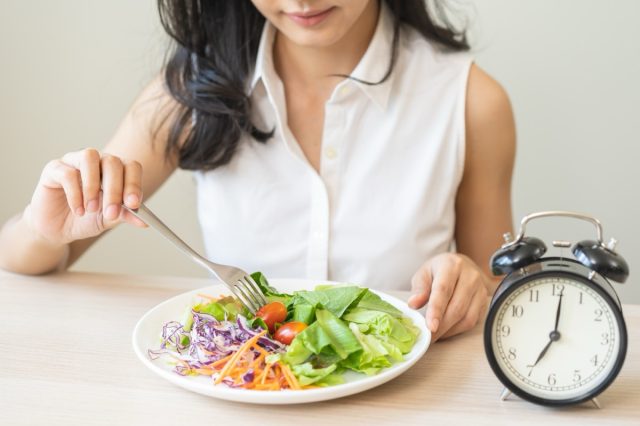
The bottom line? He recommends starting slow with intermittent fasting and "gradually improving your fasting to the point where you're really doing it for some serious weight loss and health benefits."
Follow Dr. Eric Berg on Social Media
You can follow Dr. Eric Berg on social media. Here is his YouTube page. You can also subscribe to his newsletter via his website.





